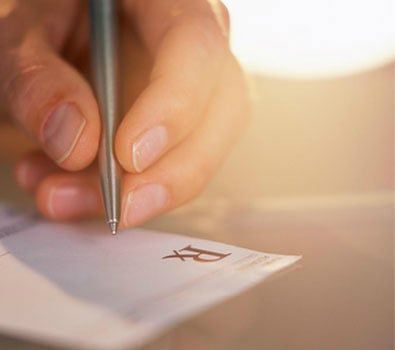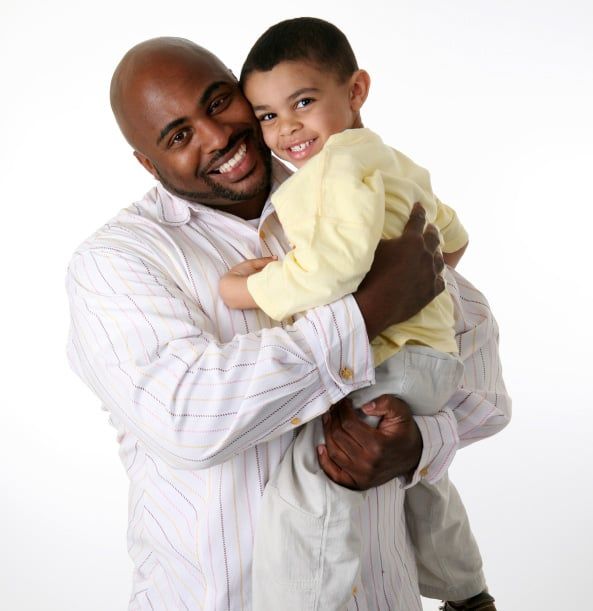Post-Surgery Instructions
Post-Surgery Instructions
Fold a piece of clean gauze into a pad thick enough to bite on and place directly on the extraction site. Apply moderate pressure by closing the teeth firmly over the pad. Maintain this pressure for about 30 minutes. If the pad becomes soaked, replace it with a clean one as necessary. Do not suck on the extraction site (as with a straw). A slight amount of blood may leak at the extraction site until a clot forms. However, if heavy bleeding continues, call your dentist. (Remember, though, that a lot of saliva and a little blood can look like a lot of bleeding.)
The Blood Clot
After an extraction, a blood clot forms in the tooth socket. This clot is an important part of the normal healing process. You should therefore avoid activities that might disturb the clot.
Here's how to protect it:
- Do not smoke, rinse your mouth vigorously or drink through a straw for 24 hours.
- Do not clean the teeth next to the healing tooth socket for the rest of the day. You should, however, brush and floss your other teeth thoroughly. Gently rinse your mouth afterwards.
- Limit strenuous activity for 24 hours after the extraction. This will reduce bleeding and help the blood clot to form. Get plenty of rest.
- If you have sutures, your dentist will instruct you when to return to have them removed.
Medication
Your dentist may prescribe medication to control pain and prevent infection. Use it only as directed. If the medication prescribed does not seem to work for you, do not increase the dosage. Please call your dentist immediately if you have prolonged or severe pain, swelling, bleeding, or fever.
Swelling & Pain
After a tooth is removed, you may have some discomfort and notice some swelling. You can help reduce swelling and pain by applying cold compresses to the face. An ice bag or cold, moist cloth can be used periodically. Ice should be used only for the first day. Apply heat tomorrow if needed. Be sure to follow your doctor's instructions.
Diet
After the extraction, drink lots of liquids and eat soft, nutritious foods. Avoid alcoholic beverages and hot liquids. Begin eating solid foods the next day or as soon as you can chew comfortably. For about two days, try to chew food on the side opposite the extraction site. If you are troubled by nausea and vomiting, call your dentist for advice.
Rinsing
The day after the extraction, gently rinse your mouth with warm salt water (teaspoon of salt in an 8 oz. glass of warm water). Rinsing after meals is important to keep food particles away from the extraction site. Do not rinse vigorously!

Post-Surgery Instructions for Children
Anesthesia - The feeling of numbness will begin to wear off in 30 minutes to 4 hours. Until that time, avoid all hot foods or liquids, and do not chew. This is to prevent accidentally burning or biting the lips, cheeks, inside of your mouth or tongue until the feeling has returned
Gauze Pack - Fold the gauze into a small pack and place over the extraction site and apply firm pressure for one to two hours. Change the gauze pack every 15-30 minutes.
Bleeding - It is normal for the extraction site to bleed slightly or ooze blood for 12 to 24 hours following surgery.
Ice Pack - For the first 2 to 8 hours after surgery, ice packs should be applied to the outside of the face over the area of the extraction site. The ice pack should be held in place for 15 minutes on, and then removed for 15 minutes. Doing this throughout the day will help reduce discomfort and swelling.
Medications - DO NOT TAKE ASPIRIN PRODUCTS due to the possible increase in bleeding potential. If prescription medications were prescribed please follow label instructions carefully. For most extractions, a non-aspirin over the counter pain medication will provide good pain relief. Do not take more than the recommended dosage!
Diet - A liquid or soft diet should be adhered to for the first 12 to 24 hours after surgery. It is important to drink plenty of liquids for the first day or two. Avoid the use of a straw as it may dislodge the blood clot that is forming in the extraction site.
Oral Hygiene - Clean the rest of your mouth as usual, however avoid bumping or brushing the extraction site. DO NOT RINSE OR SWISH YOUR MOUTH for the first 24 hours following surgery.
Possible Complications:
Dry Socket - This is sometimes a problem after surgery. The symptoms associated with dry socket are constant moderate to severe pain, bad taste, putrid odor, and poor clot formation at the surgical site. If you think you have ANY of these symptoms call our office as soon as possible.
Fever - Monitor your temperature for the first 24 to 48 hours. Any elevated temperature should be reported to our office.
Swelling - Some swelling during the first 24 to 48 hours can be expected.

Dr. Fink, the ladies who work with Dr. Fink and sammy made my visit so comfortable, I was relaxed the entire visit. I was so encouraged when Dr. Fink discussed different procedures for me, im excited for my next visit, i really miss my smile, with Dr. Fink i believe i will have my smile again. Thank you to the entire staff for your warm wonderful welcome and visit.
DemandForce Review RobinMost caring dentist I have ever been to in my life. And the staff is also very kind and supportive. Thanks for being my dentist.
DemandForce Review McKenzieThe dental care services at Anne-Lise Fink DDS is always of the highest quality. Their attention to every detail and thoroughness leaves a lasting impression. I highly recommend their dental care.
DemandForce Review BruceA Beautiful Smile Is
Waiting For You!
Do you need dental work done? Requesting an appointment is available online 24/7 and is as simple as submitting a simple form.
Online Appointment RequestWe offer both single-visit teeth whitening and take-home teeth whitening kits to brighten stained, discolored, or dull looking teeth.
925-602-9777
